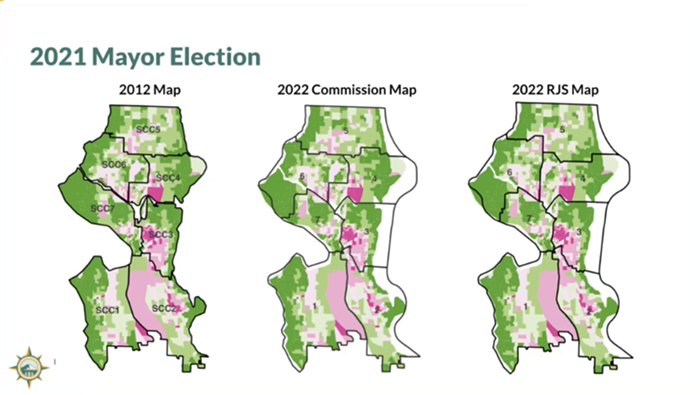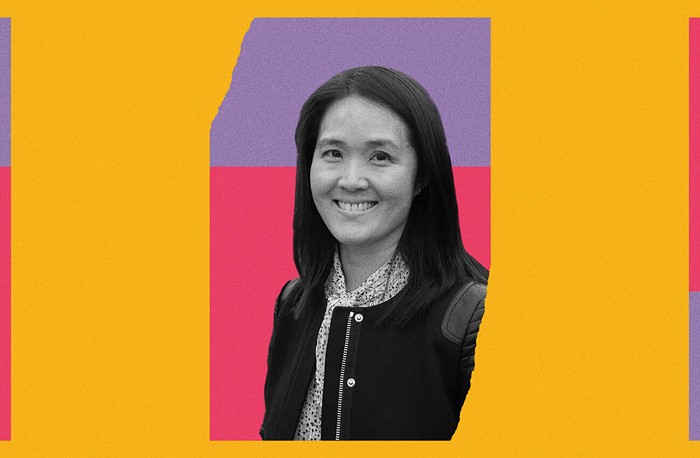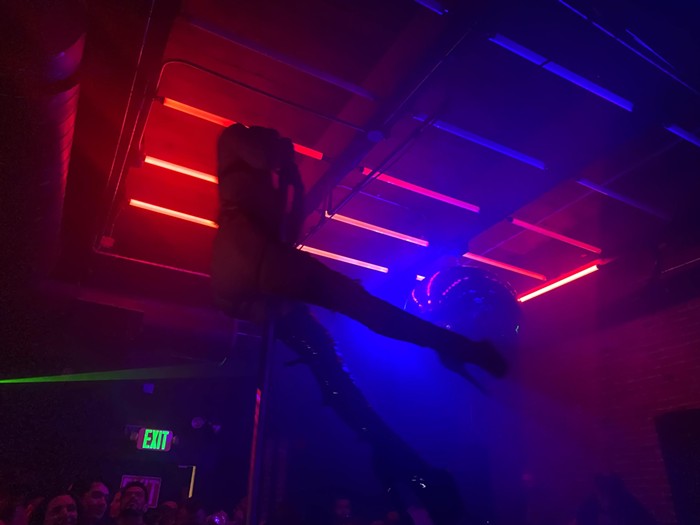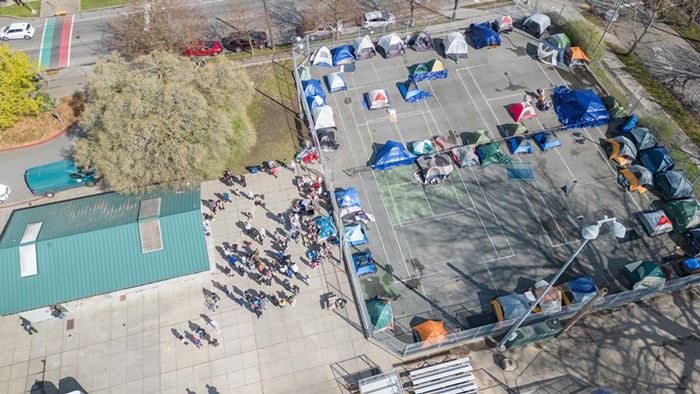Earlier this month, the City commission that redraws Seattle’s political boundaries to account for population growth officially adopted a new map that almost completely aligns with a proposal from the Redistricting Justice Seattle (RJS) coalition, a group of pro-democracy community organizations that spent nearly a year lobbying the City to draw maps that empower renters and keep communities of color together.
But RJS did not set out to gerrymander its way to a leftist takeover of the City–that would be wrong (but cool). So, unfortunately for Antifa, if recent city elections were held under the new maps, then there would hardly be any change to the outcomes in those races. The only place lefties might kind of have a better shot compared to last time would be in the new District 7, which covers downtown and now part of Magnolia.
It’s official! The Redistricting Commission voted to finalize a map keeping BIPOC renter and low-income communities empowered across Seattle.
— Redistricting Justice for Washington (@RedistrictJWA) November 8, 2022
You all helped power our fight. *93%* of the final map (left) mirrors our RJS map (right) we submitted in July. When we organize, we win! pic.twitter.com/XYbKEwQAao
In a November webinar, RJS discussed the way these changes might impact the election for all seven district-specific council members in 2023. Statewide coordinator of Redistricting Justice for Washington and data analysis whiz, Andrew Hong, used precinct data from the 2021 Mayoral election and the City Attorney race to show how the new council districts might vote compared to the old ones.
In his analysis, most districts saw a change of less than half a percentage point, mostly nudging negligibly more conservative. Unsurprisingly, the most dramatic political changes occurred in District 7 and District 6, where the redistricting commission made the largest and most controversial change.
As the population of the downtown core exploded, D7 could no longer meet the 105,000-resident target while holding all of Magnolia, which used to be fully included in that district. So the commission (eventually) decided to split the wealthy neighborhood between its old home and its northern neighbor, District 6, which stretches from Green Lake to Golden Gardens.
Looking at the political impact of that move, Hong found that only 64% of the new D7 would have voted for pro-business Mayor Bruce Harrell rather than 67% of voters in the old D7. Meanwhile, only 58% of the new D7 would have voted for tough-on-crime Republican City Attorney Ann Davison instead of 61% of voters in old the D7. However, when Hong added the relevant portion of Magnolia to D6, the vote shares for those candidates shifted in the opposite direction–both Harrell and Davison got a higher percentage of D6 votes.
It's impossible to know how the district borders will impact the next election just from reading these tea leaves, even though these tea leaves involve math. Yes, D7 got more progressive and D6 got equally more conservative, but new D7 would still be the most Harrell-supporting and Davison-supporting district in the city. So it's hard to say if redistricting rendered incumbent Council Members Andrew Lewis or Dan Strauss more vulnerable. But, like all council members, maybe bad votes will put a target on their backs from both sides of the aisle.
Smaller and less consequential changes occurred in every district around town.
District 1, which covers West Seattle and other neighborhoods in the southwest corner of the city, gained Georgetown, a progressive stronghold in recent years. Based on RJS’s analysis, the new lines also made the district more working class. Still, Harrell would have won 62% of the vote in the new D1 rather than the 62.4% he won in the old D1. So the slightly poorer D1 could still very well embrace Harrell’s pro-business pick to challenge Council Member Lisa Herbold.
District 2, which runs down Lake Washington from North Beacon Hill to Rainier Beach, lost its neighborhoods across I-5 but reunited Asian American communities in the Chinatown-International District (CID), Beacon Hill, and South Seattle. D2 retains its status as the only majority-minority district at 60% people of color who are both citizens and of voting age. The second-highest population of these voters lives in District 3, but voting-aged citizens of color only make up 28.7% of the electorate there.
D3, which spans the neighborhoods from South Lake Union to Madison Park and includes the area just south of I-90 up to the Montlake Cut, lost Yesler Terrace and part of the CID. Yesler Terrace supported the recall against Council Member Kshama Sawant, but the CID did not. The district became half-a-hair more conservative when looking at the Mayoral race, but it's still the most progressive district by the same metric.
District 4, a funky shape that includes Fremont, the University District, Roosevelt and a healthy helping of rich waterfront neighborhoods, gave progressive Eastlake over to D3 but kept the student bloc of the University District fully intact. RJS advocates argued this might help the student running to replace Council Member Alex Pedersen, Matthew Mitnick, though students turn out in very low numbers compared to the homeowners in other parts of the district.
Lastly, District 5, which includes Maple Leaf and everything north of it, took a wealthy chunk of north Greenwood and Crown Hill.
All told, though the political boundaries are slightly different, the political outcomes will likely remain the same.




















